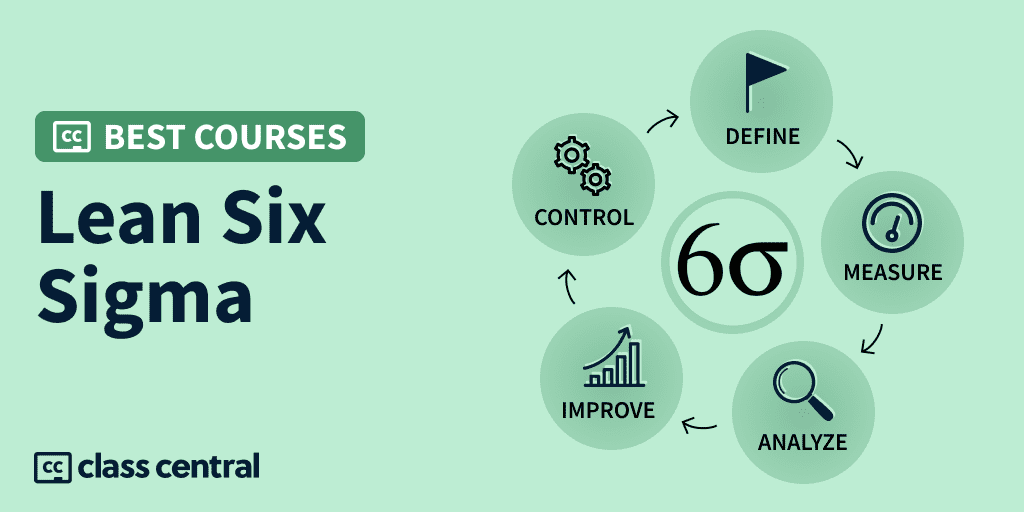Did you know that there are 88.4 million professionals in the U.S.?
Inconsistencies in your processes as a professional undermine the customer experience. Your products may not be as well-designed as they ought to be.
Business leaders have identified two methods to solve these issues: Lean Sigma and Six Sigma. But what is the distinction between these two methodologies? How can you determine which methods would be best for your business?
Let’s look at the distinctions between Six Sigma and Lean Six Sigma and determine which is best for your business.
Difference in Approach
Six Sigma and Lean Six Sigma are two quality management philosophies. It has been used to improve companies. Both approaches involve using data and statistical techniques.
This helps to identify process problems. It also identifies solutions that will improve customer satisfaction and cost savings. The primary difference between the two processes lies in their approach.
Six Sigma takes a harder approach. The focus is on eliminating process-related issues and defects. It also focuses on process improvement. It includes cost reduction and works on reducing the variation within processes.
Lean Six Sigma is focused more on eliminating unnecessary activities from processes. It improves process speed and reduces cost. Its process improvements are based on eliminating waste from the system.
Both approaches can be successfully applied, but deciding which system to utilize should depend on the company’s goals and objectives.
Differences in Certification Eligibilities and Examinations
Six Sigma certification is available on several levels. This includes the yellow belt, green belt, and black belt. Six Sigma certification is generally provided at the black belt level only.
The Lean Six Sigma and Six Sigma training and examinations are distinctly different. Lean Six Sigma assesses the individual’s knowledge and ability to apply Lean Six Sigma tools. The Six Sigma certification exam focuses on the individual’s ability to use to improve processes.
The Lean Six Sigma certification exam generally requires much more practice and theoretical knowledge. The Lean Six Sigma exam often covers topics far beyond traditional Six Sigma certification.
The Difference in Time Commitment
Six Sigma and Lean Six Sigma are commonly used by organizations to improve the speed and efficiency of their processes. The main difference between these two models lies in the time commitment required.
Six Sigma is typically a longer-term initiative. It generally lasts up to two years, unlike Lean Six Sigma. This is intended to deliver results faster, typically within six months to one year.
Lean Six Sigma is more suitable for organizations requiring short-term results. It offers faster cycle times, enabling organizations to achieve their goal quicker. In contrast, Six Sigma’s lengthier cycles may be more suitable for organizations that require long-term results and where there may be room for improved performance and growth.
Therefore, when selecting between Six Sigma and Lean Six Sigma, organizations should consider their organization’s need for short or long-term results.
Learning About Lean Six Sigma
Six Sigma and Lean Six Sigma are ground-breaking systems for improving business operations. While there are some similarities, the main difference is that Lean Six Sigma includes the Lean methodology. Consider the right methodology for your business to drive greater efficiency and cost savings.
Want to learn more? Contact our team today to discuss your needs and see how we can help you.

